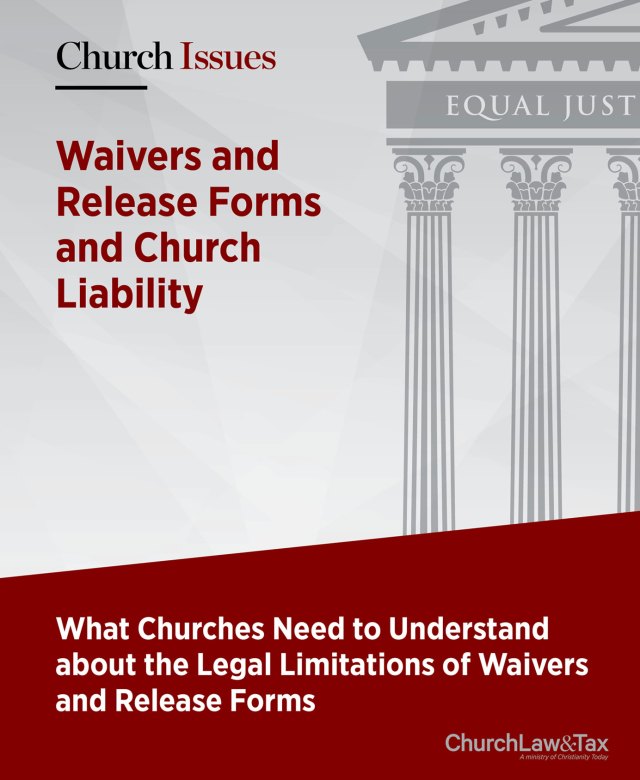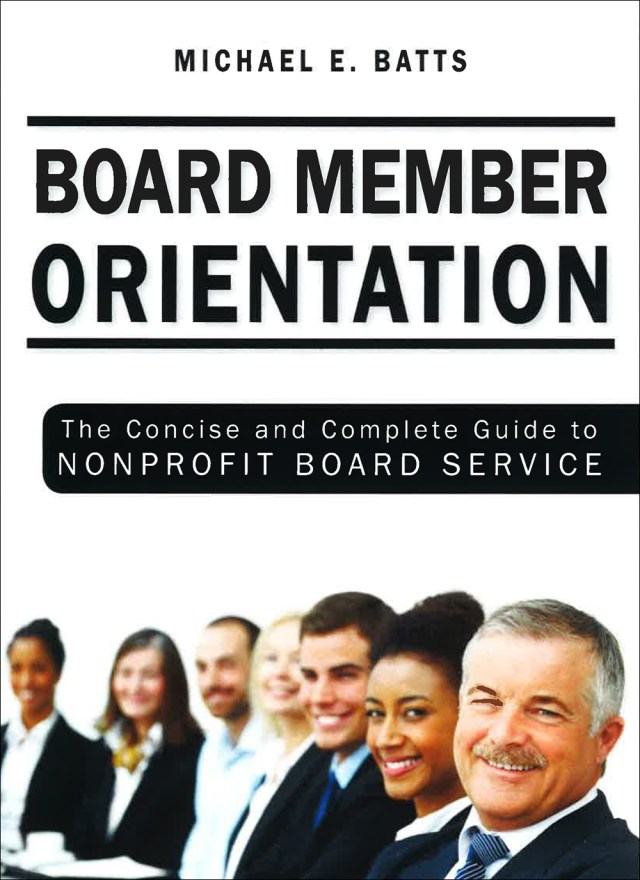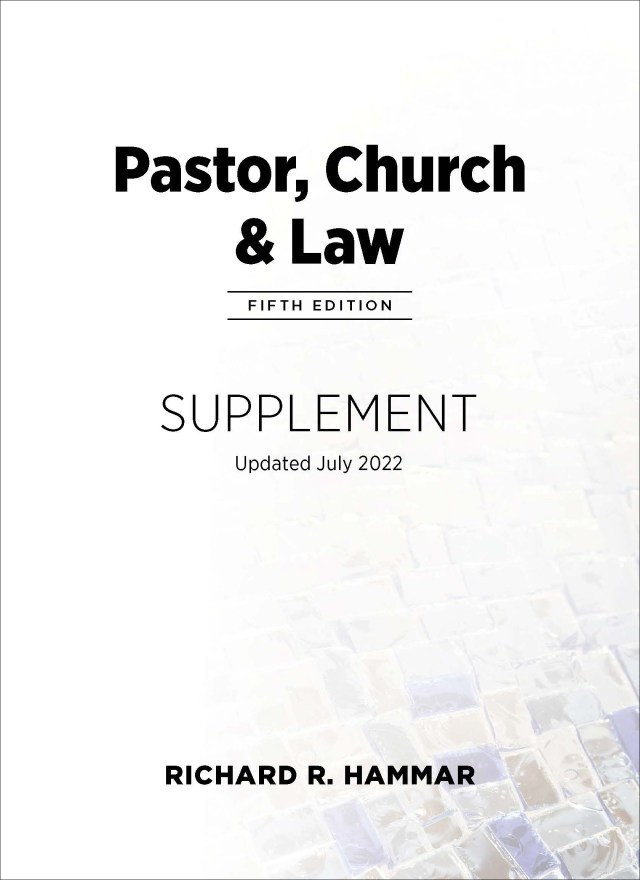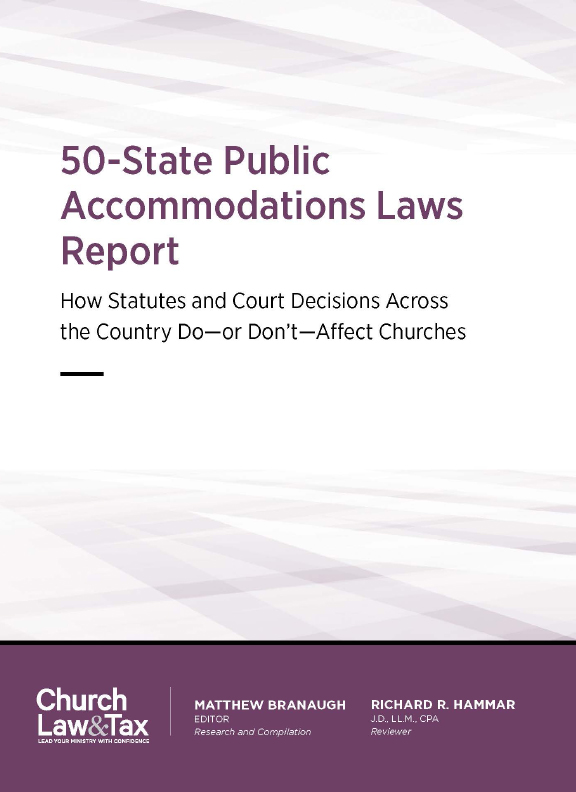Background
Many churches nationwide use some version of waivers and release forms with their events and activities, especially ones involving children and youth. Leaders wish to notify participants—or the parents or guardians of participants—about the potential risks involved.
They want a signature signaling the participant or parent acknowledges those risks and will not attempt to hold the church legally liable should one of those risks somehow result in an injury either to themselves or their children.
While waivers and release forms are an important part of a church’s risk management strategy, they aren’t perfect. They can help limit a church’s legal liability but often, they cannot fully eliminate it.
Unfortunately, many church leaders get lulled into a false sense of security about these documents, and these misunderstandings can lead to costly situations.
16 key points to consider when creating and using waivers and releases at your church
Point 1
Release forms will be strictly and narrowly construed against the church.
Point 2
The courts are more likely to enforce a customized release or assumption of risk form than a generic form found on the internet. Ideally, the form should be drafted, or at least reviewed, by legal counsel. The importance of legal counsel in drafting release forms is illustrated by a recent federal court ruling in Tennessee. The case involved a legal form used by a church that was found on the internet. Church leaders failed to notice that the form required all employment disputes to be arbitrated in California! Clearly, the church was using a template that was intended for use in California, and neglected to make it Tennessee-specific. An attorney would have flagged this provision, and spared the Tennessee church of the needless expense of arbitrating in California.
Point 3
Release forms will not be enforced if they are ambiguous.
Point 4
Release forms will not be enforced if the person signing the form does not do so voluntarily.
Point 5
Release forms will not be enforced if the person signing the form is not informed (by the language of the form) as to the specific risk that is being released. Activities giving risk to injuries must be specifically described along with a listing of the possible injuries.
Point 6
Releases and assumption of risk forms should contain language releasing the releasee from liability based on the negligence of itself or its agents “to the fullest extent permitted by law.”
Point 7
Releases and assumption of risk forms should refer to both known and unknown risks associated with the planned trip or activity.
Point 8
Releases and assumption or risk forms are contractual documents, and so the requirements for a valid contract must be met in order for such forms to be legally enforceable. One common mistake in drafting such forms is a failure to identify “consideration” provided by the releasee to the releasor in exchange for the releasor’s commitment to release the releasee from liability. The form should begin with this or similar language: “In consideration of my being allowed to participate in [name the event] and other valuable considerations the receipt of which is acknowledged, I hereby agree to the following… .”
Point 9
Several courts have ruled that release forms cannot relieve a church from liability for injuries to minors, since minors have no legal capacity to sign such forms and their parents’ signature does not prevent minors from bringing their own personal injury claim after they reach age 18. Some states have enacted legislation giving parents the legal authority to release their minor children’s claims. But, there are still limitations that may prevent parents from releasing their children’s claims (i.e., voluntary and informed consent, and no release of gross negligence or reckless conduct).
Point 10
Many courts have refused to enforce release forms that attempt to avoid liability for intentional acts, gross negligence, or willful or wanton conduct. If a release form does not explicitly exclude such conduct from its terms, the form may be invalidated by a court.
Point 11
Some courts refuse to enforce release forms if they are “contracts of adhesion” based on a gross disparity in bargaining power between the releasor and releasee. To illustrate, if the person signing a release form has no ability to change it, this may suggest an unenforceable adhesion contract. On the other hand, some courts have ruled that a release form is not an unenforceable contract of adhesion if the party signing the form could walk away from the transaction and do business elsewhere. This exception may or may not apply to a church, depending on the circumstances. After all, is it realistic to say that a church member has the right to walk away and attend another church, and therefore a release form is not a contract of adhesion?
Point 12
Some courts refuse to enforce a release form that is inconspicuous. To illustrate, if the language of release is not in bold font that is larger than the remainder of the document text, or is buried in another, larger document, without a bold heading and other devices to draw attention to it, it may be unenforceable. A release or assumption of risk form should be a separate document that is not commingled in a larger document, such as an application or registration form.
Point 13
Some courts have ruled that release forms that do not contain a signature by the releasor are unenforceable. To illustrate, if the language of release is contained in a larger document, a signature line should appear directly after the language of release as well as at the end of the document.
Point 14
Avoid use of release forms that contain the signatures of everyone on a trip. Each participant should sign his or her own form.
Point 15
Churches that send groups of adults to other locations for short-term missions projects should consider having each participating adult sign an assumption of risk form. So long as these forms clearly explain the risks involved, and leave no doubt that the signer is assuming all risks associated with the trip, they may be enforced by the courts. This assumes that the signer is a competent adult. Churches should consult with an attorney about the validity of such forms under state law.
Point 16
Churches should not allow a minor child to participate in any church activity (such as camping, boating, swimming, hiking, or some sporting events) unless the child’s parents or legal guardians sign a “parental consent form” that:
- consents to their child participating in the specified activity;
- certifies that the child is able to participate in the event (e.g., if the activity involves boating or swimming, the parents or guardians should certify that the child is able to swim);
- lists any allergies or medical conditions that may be relevant to a physician in the event of an emergency;
- lists any activities that the parents or guardians do not want the child to engage in; and
- authorizes a designated individual to make emergency medical decisions for their child in the event parents or guardians cannot be reached.
Both parents should sign if possible
Ideally, a parental consent form should be signed by both parents or guardians (if there are two), and the signatures should be notarized. If only one parent or guardian signs, or the signatures are not notarized, the legal effectiveness of the form is diminished. Having persons sign as witnesses to a parent’s signature is not as good as a notary’s acknowledgment, but it is better than a signature without a witness. The form should require the parent or guardian to inform the church immediately of any change in the information presented, and it should state that it is valid until revoked by the person who signed it. The parent or guardian should sign both in his or her own capacity as parent or guardian, and in a representative capacity on behalf of the minor child.
Note: Churches should not use releases or assumption of risk forms without discussing them with their insurance agent and a local attorney.
For more information on the subject of release forms, see the “Assumption of Risk Forms: A Legal Blindspot for Many Churches.”





